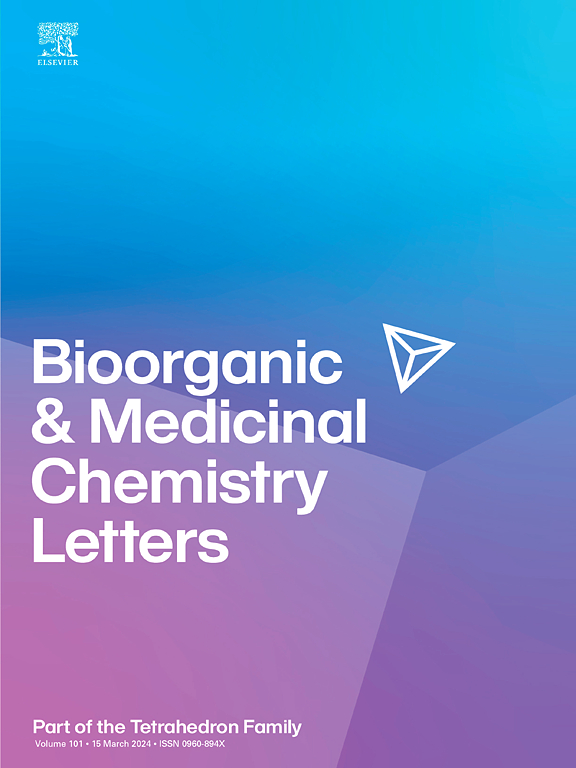一种用于乳腺癌诊断和成像的ros响应荧光探针的设计。
IF 2.2
4区 医学
Q3 CHEMISTRY, MEDICINAL
引用次数: 0
摘要
目前,放疗和化疗是乳腺癌的常用治疗方法,但它们会不分青红皂白地攻击正常细胞和癌细胞,导致免疫系统损伤、骨髓抑制、消化系统损伤等一系列严重不良反应。在这里,我们开发了一种荧光探针(Rhod-ben),可以在乳腺癌组织中实现诊断和成像。其机制如下:(1)在过表达ROS(活性氧)的线粒体中,HRhod-ben(非荧光)被氧化为rhood -ben(荧光),从而在乳腺癌细胞中实现线粒体定位。(2)在绿光(λ ~ 550 nm)下,Rhod ben中的CO键被破坏,从而释放靶向乳腺癌细胞的抗癌药物(苯达莫他汀)。因此,Rhod-ben有望成为乳腺癌细胞或ROS过表达癌细胞的新型“诊断与成像”荧光探针。本文章由计算机程序翻译,如有差异,请以英文原文为准。

Design of a ROS-responsive fluorescent probe for the diagnosis and imaging of breast cancer
At present, radiotherapy and chemotherapy are a common treatment for breast cancer, but they will attack normal cells and cancer cells indiscriminately, resulting in a series of serious adverse reactions such as immune system damage, bone marrow suppression, and digestive system damage. Here, we have developed a fluorescent probe (Rhod-ben) that can achieve diagnosis and imaging in breast cancer tissue. The mechanism is as follows: (1) In mitochondria overexpressing ROS (reactive oxygen species), HRhod-ben (non-fluorescent) is oxidized to Rhod-ben (fluorescent), thereby achieving mitochondrial localization in breast cancer cells. (2) Under green light (λ ∼ 550 nm), the C![]() O bond in Rhod ben is broken, thus releasing the anticancer drug (bendamostatin) targeted in breast cancer cells. Therefore, Rhod-ben is expected to become a new “diagnosis and imaging” fluorescent probe for breast cancer cells or cancer cells with ROS overexpression.
O bond in Rhod ben is broken, thus releasing the anticancer drug (bendamostatin) targeted in breast cancer cells. Therefore, Rhod-ben is expected to become a new “diagnosis and imaging” fluorescent probe for breast cancer cells or cancer cells with ROS overexpression.
求助全文
通过发布文献求助,成功后即可免费获取论文全文。
去求助
来源期刊
CiteScore
5.70
自引率
3.70%
发文量
463
审稿时长
27 days
期刊介绍:
Bioorganic & Medicinal Chemistry Letters presents preliminary experimental or theoretical research results of outstanding significance and timeliness on all aspects of science at the interface of chemistry and biology and on major advances in drug design and development. The journal publishes articles in the form of communications reporting experimental or theoretical results of special interest, and strives to provide maximum dissemination to a large, international audience.

 求助内容:
求助内容: 应助结果提醒方式:
应助结果提醒方式:


